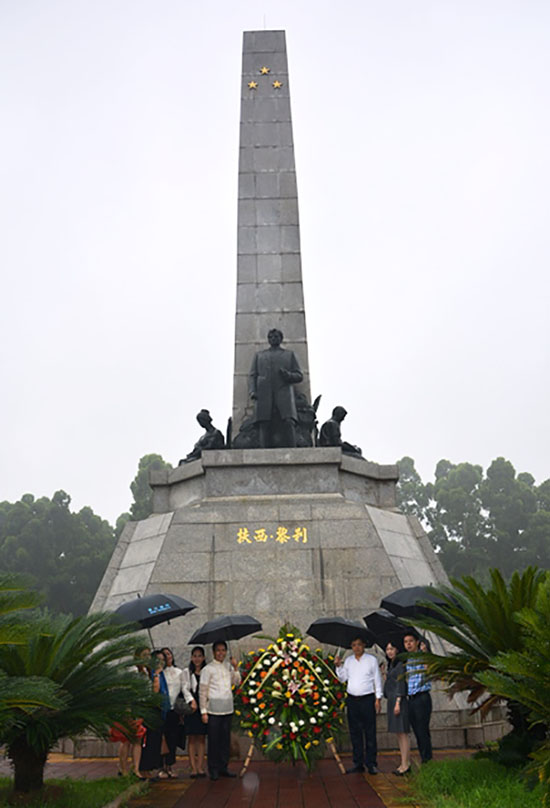The Philippine Balangay Expedition Team has docked home after a month-long voyage to China to retrace the trip of an ancient Sultan from Sulu.
The 34-member crew onboard 3 balangays went through a long and arduous journey across rocky waters and under minimal visibility using the recreations of the massive pre-colonial sailboat.
The voyage of the balangay
The trip to Xiamen, China is the latest expedition by the team, who left from the Manila Yacht Club last April 28.
They visited the grave of Sultan Paduka Batara, a ruler of Sulu who voyaged to China in 1417 as a guest of Emperor Yongle of the Ming Dynasty. He came with a massive 340-strong delegation.

When the sultan died of sickness before he could return to Sulu, the emperor had a tomb built in his honor.
There are Chinese descendants of Sultan Batara as some of his relatives remained for a time after he passed away.
The team also visited a monument to Jose Rizal in China which, according to expedition leader and former Department of Environment and Natural Resources Undersecretary Arturo Valdez, was grander than the memorial in Luneta.
The Philippines’ national hero is a descendant of a Don Domingo Lamco, an immigrant from China.
According to Valdez, the expedition was a retracing of Sultan Batara’s voyage and a return to the historical friendship between the Philippines and China, which is rooted in the nation’s maritime history.
Valdez and his team received support from the Philippine Consulate and the Foreign and Overseas Chinese Affairs Office of Xiamen, as well as its culture and media bureau.
He also spoke of the warm welcome his team received during their trip and the support which came in the form of the swift approval of their visa applications and protection and guidance as they traversed rocky and heavily-patrolled disputed waters.

The expedition came after China placing long-range bombers on the man-made islands in the disputed area. Malacañang has expressed concern, despite its generally warm ties with Beijing in the past few years.
Some have called for the Philippines to enforce its rights anew, following reports of increased militarization by China.
Between silence and war is a big universe of options, tools, weapons, levers, strategies, and tactics.
It's called DIPLOMACY.
It's false dichotomy to think that our only options are embarrassing silence and a bloody war.
Kung gusto may paraan; kung ayaw laging may dahilan.
— florin hilbay (@fthilbay) May 22, 2018
Relics on the seas
The balangay, first mentioned in the 16th-century writings of Antonio Pigaffeta, is a plank-boat adjoined by a carved-out plank edged through pins and dowels. The typical size of the balangay is 15-meters long and three to four meters wide, large enough to hold 60 to 90 people. It was used for transferring cargo and for warfare.
In 1976, three balangay from as early as 990 AD were excavated in Butuan City. Another massive balangay was excavated in 2013.
In August 2017, the balangay replicas docked in Manila Bay after a trip to Brunei in celebration of the Cinemalaya Festival.
The Philippine Balangay Expedition Team is also backed by Kaya Natin Inc., the same organization that led the successful Filipino expedition to Mount Everest in 2006. Valdez was also the leader of that team.










